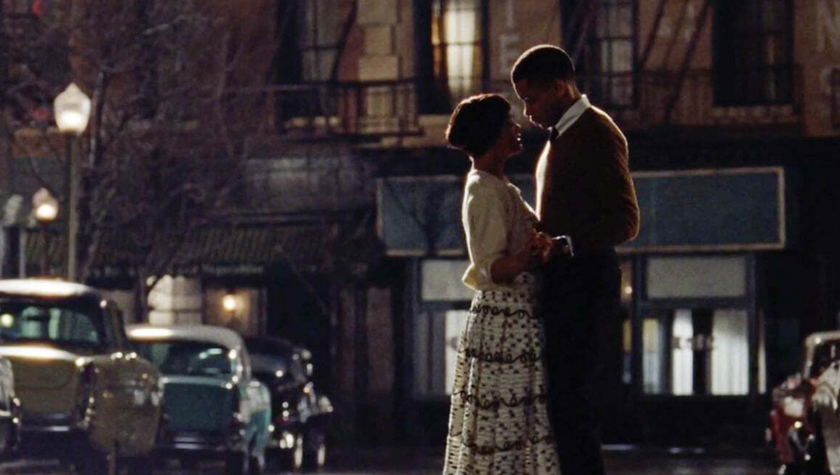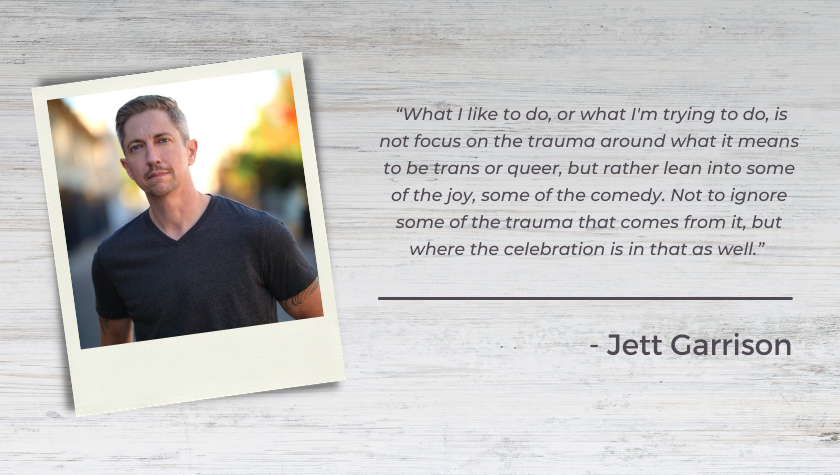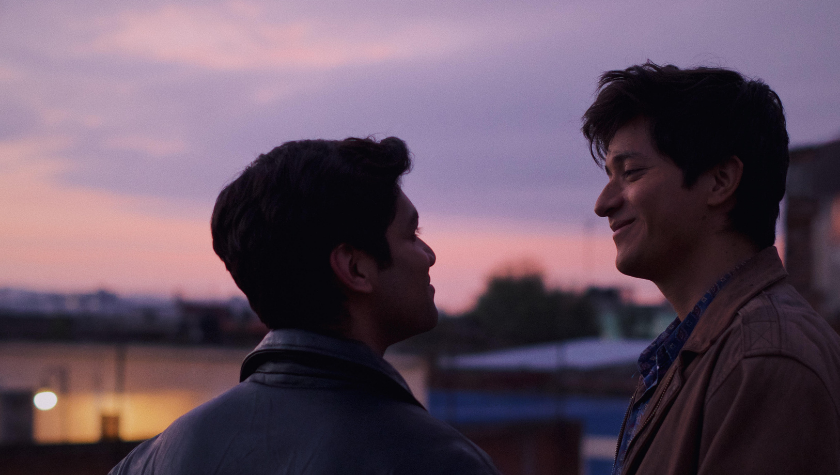Directors of ‘Citizen Ashe’ share the change Arthur Ashe made in each swing
December 13, 2021
Arthur Ashe was at the top. He won the 1968 U.S. Open with one swift swing of his tennis racket and just like that, he made history as the first Black man to win the singles title at the U.S. Open. However, that was only the beginning of the impact Ashe would have on tennis, the sports world, and the nation at large.
Citizen Ashe, a new documentary on the tennis star, explores all parts of what made Ashe who he was — from his wins to his subtle efforts in activism that co-director Rex Miller calls the “Arthur Ashe way.” Directors Miller and Sam Pollard pull together the bits of Ashe’s lifetime to show how he navigated both the court and the world off the freshly painted grass.
“Even though I'm a tennis guy, I thought this story would appeal to a wider audience because of the bigger things he accomplished in his life,” Miller says.
Miller is the son of two tennis fanatics and was surrounded by the sport growing up. What attracted him to Ashe’s story was how he used his success to create change. He knew Ashe’s story would be one people would be fascinated by.
“He came at his activism after he really established his reputation as a phenomenal tennis player by winning the U.S. Open '68,” Pollard says. “As he says to his brother in the film, he knew he now had a platform and he could speak out.”
Before winning the U.S. Open, Miller remarks that Ashe was reserved and focused on tennis because of what he witnessed growing up. It determined how he navigated the world as a Black man, especially in tennis.
“He witnessed Emmett Till, who was his age when he got murdered, and he was kept out of tournaments and told to stay quiet — don't make waves,” Miller says.
After winning, there was no way of ignoring injustice.
“The assassination of Dr. King, the assassination of Bobby Kennedy, these spurred something in Arthur, like it did for many of us, to do something and I think that was the right time for it,” Miller says.
However, Ashe went about his activism differently.
“People tend to think that all African Americans, particularly during their career, had the same way of thinking and that they were going to be outspoken and vocal, like Muhammad Ali,” Miller says, who also explains that Black journalists in South Africa, where Ashe competed in the South African Open, accused the tennis player of being an "Uncle Tom" for not being as outspoken and for not protesting the tournament. What they didn’t know was that Ashe was being strategic about his activism.
“Arthur said, I went to South Africa for two reasons: I wanted young Black South Africans to see what a free Black man looks like because they've never seen that; And also, he went there to learn. He said, 'how can I protest and speak out about the situation if I don’t go there and see what it’s like?'” Miller says.
His decision to compete in South Africa during apartheid was “one of quiet determination,” Miller continues. Ashe's steps were calculated.
“So here comes off the Ashe, who's not Ali, who's not Bill Russell, who's not Jim Brown, more like Jackie Robinson,” Pollard adds. “Basically saying, 'I'm going to use my racket to institute change.'”
Understanding Ashe’s character is important to knowing how to build the documentary because, as Miller and Pollard mention, he’s not like Mohammad Ali. He’s quiet and calm. They had to figure out which parts of him stood out to maintain the dramatic weight of his actions even though they were done subtly.
“How do you make a character like that stand out and be compelling?” Miller says.
“What you hear in those tapes is a man who's very introspective, very sensitive to the surroundings, very sensitive to what it means to be Black in America,” Pollard continues. “By mining those materials and finding those things; I think it took this film quite honestly to another level.”
Getting to the core of Ashe’s advocacy and personality took having a great editor by their side, Miller admits.
“A great editor knows — like a chef — how to boil it down and crystallize it. You find that through-line that, as Sam just said, is the most compelling for an audience.”
Miller initially planned to end the film at Ashe’s victory at the U.S Open in 1968. But he soon realized how their star's work beyond the victory was just as important.
“We decided, how can we not show him going to South Africa? How can we not show Wimbledon? And then of course, how can you not show that he contracted AIDS and began educating people about AIDS?” Miller says.
It was just a matter of which parts would be shown.
“The biggest challenge you always face when you make a documentary is what's going to be on the cutting room floor,” Pollard says.
In the end, Citizen Ashe provides a deeper look into the volumes of Arthur Ashe’s actions (or lack thereof) in the sociopolitical sphere of the U.S. Even when it felt like he was riding the wave of his athletic success, the documentary provides space for the viewer to see just what is happening behind his eyes — and behind his racket swing.
“Let my racket do the talking,” Pollard says of Ashe. “When he realized he could, and it was effective when he won the US Open and won the Australian Open and Wimbledon, he knew that now he had a platform to be able to be vocal — but vocal, as Rex is says, ‘in the Arthur Ashe way.’”
Written by: Steven Vargas
Steven Vargas is a multimedia journalist based in Los Angeles whose work focuses on arts, entertainment and activism. He is a current grad student at USC Annenberg pursuing an MA in Specialized Journalism (The Arts) and previously graduated from USC with a BA in Theatre and Journalism with a minor in Dance. He is a current member of the Equity Board, a new initiative at Annenberg Media dedicated to diversifying sourcing and promoting inclusive coverage across the publication. His short doc, “Dancing at Home,” earned first place in the LA Press Club’s “Life in the Time of the Coronavirus Contest" in May 2020. More recently, he co-directed "Two Paths: One Direction," an award-winning short documentary produced with students from the USC and Prairie View A&M University about their experiences of 2020. He produced work for ET Live, TheWrap, Dance Magazine, BuzzFeed News, and more. His work can be found here: https://www.vargassteven.com/



